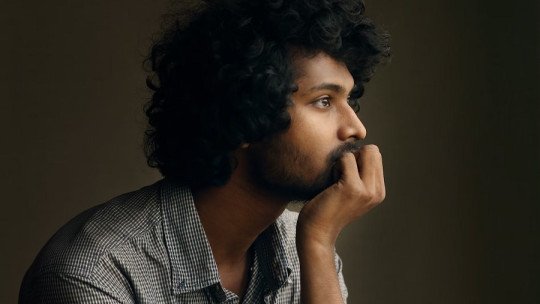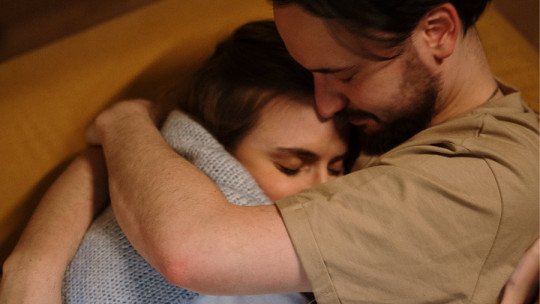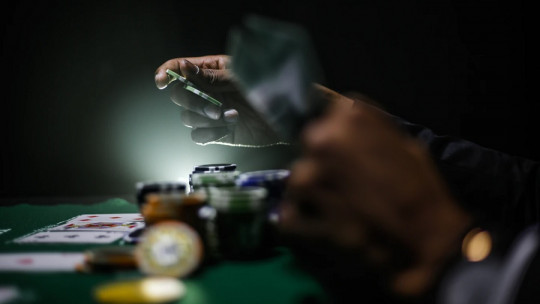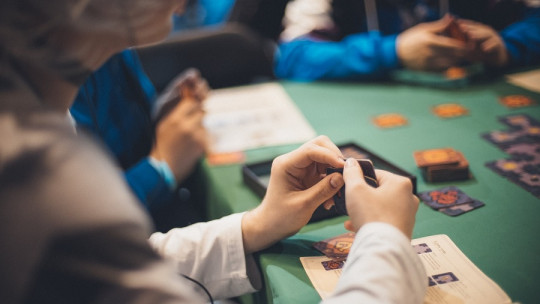A person with addiction problems , in the early stages of it, you can’t see it as such. Therefore he does not realize the need to ask for guidance, support and help. You may feel frustration, helplessness, confusion, desperation but still there is no request for help or intention to change since there is no awareness of the problem or perception of the risks it may entail.
Once the addicted person manages to make visible and recognize the existence of a problem, and accepts that they need help, it is very important to begin and travel a complex path of recovery to stop that harmful behavior, among other things…
Next we will see what consumption logic is behind addictions, why it is good to seek help to get out of them as soon as possible and where to start.
Reasons to seek help for addictions
Below you can see why an adequate withdrawal from the consumption of a substance is necessary to get out of the serious problem of addiction.
1. Stopping consumption is the beginning
When you stop using, you begin to navigate the different situations of daily life in a new way, with the reactivation of your own resources and without requiring the consumption of substances. It is essential truly engage in specialized treatment which begins with stopping consumption (detoxification and dishabituation stage) and continues with the construction of healthy lifestyle habits, development of personal growth projects, improvement in the ways of connecting with others, new ways of resolving intra-internal conflicts. and interpersonal.
2. Protective factors are identified
In a specialized addiction treatment, work is done on strengthening potentialities and capacities For example, it will be important to observe and enhance whether the person has the ability to make decisions, control emotions and impulses, self-observation, (know oneself more and better). In addition, self-esteem is improved, and the presence of support networks that accompany this person and the motivation to study and/or work also constitute other valuable protective factors.
In this way, the person Try to build knowledge about your discomfort through therapy in order to limit compulsive, repetitive behaviors and understand what possible meanings and functions your addiction has.
In general terms, the main protection factor is within the person and lies in the awareness of their problem and consequent predisposition to generate changes and improve their quality of life.
3. Risk factors are made visible
It is important to identify what the risk factors and unique vulnerabilities are. It investigates personal and social aspects, placing consumption within both individual and family history.
Thus, in contrast to protective factors, lack of support and containment from family friends and institutions, the absence of motivation, anhedonia and apathy, and especially, the lack of awareness of the health problem constitute strong risk factors.
4. Changes occur
are experienced modifications in doing, thinking and feeling, Therefore, certain crises can be experienced while these changes produce contradictions or a feeling of strangeness when implementing own resources that are new and very different from those implemented in times of consumption. Therefore, these critical moments can be considered typical and inherent to this stage and even expected and necessary.
Probably before treatment it was common to evade or calm anguish, anger, sadness, loneliness, fears, shame, helplessness, (among other feelings, emotions and problems of daily life) with substance use, interpreting it as an outlet, refuge or support. for evade or forget an unbearable situation
5. New resources are built
During a treatment, faced with painful sensations or conflicts, new resources are built and deployed which are expected to continue developing and strengthening after treatment.
An example is the resolution of conflicts through words, perhaps something unthinkable in a consumer situation, where the act (usually violent, towards third parties and/or towards oneself) replaced the word.
Other examples are: incorporating health and body care habits, such as healthy eating and physical activity, promoting spaces for listening and family dialogue, putting into words what was previously silent and sick, entrepreneurship, training and seeking growth staff with self-care practices.









